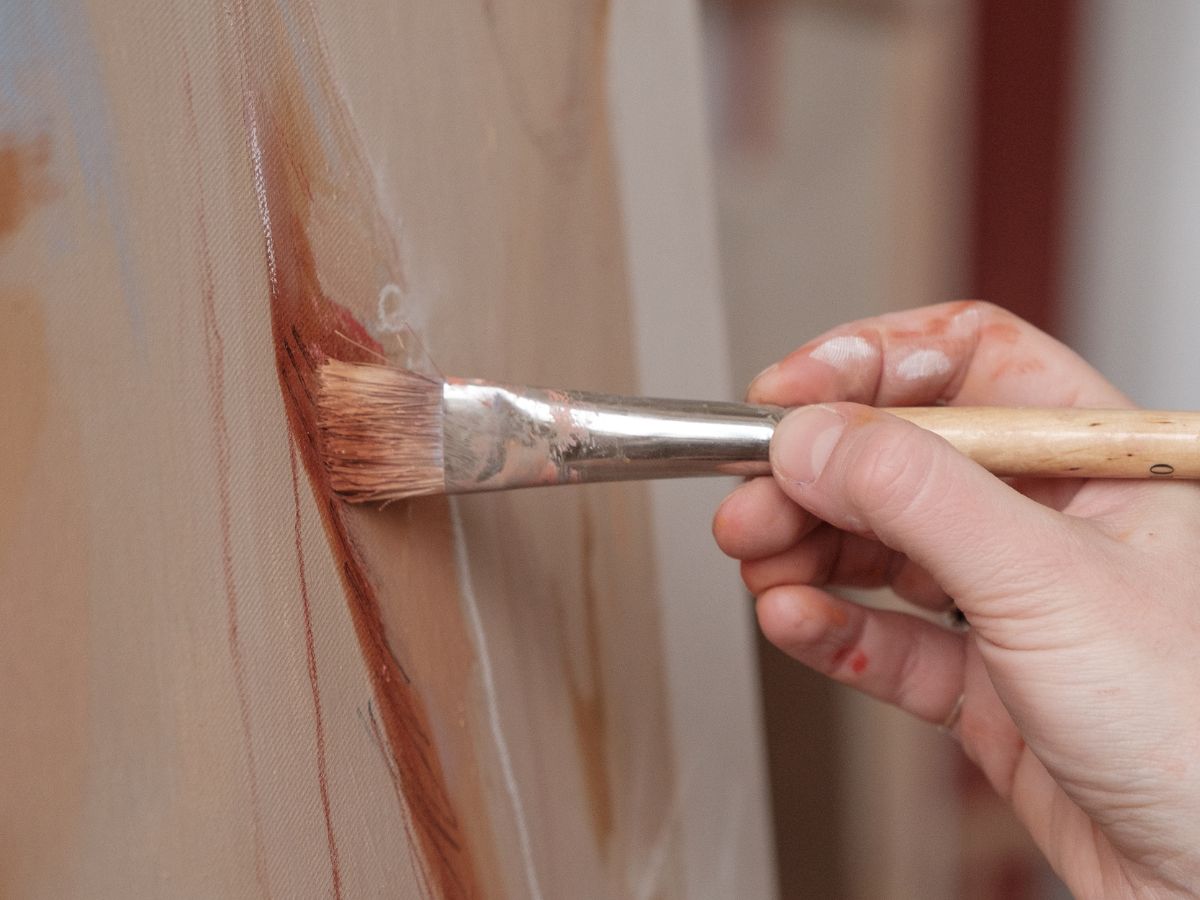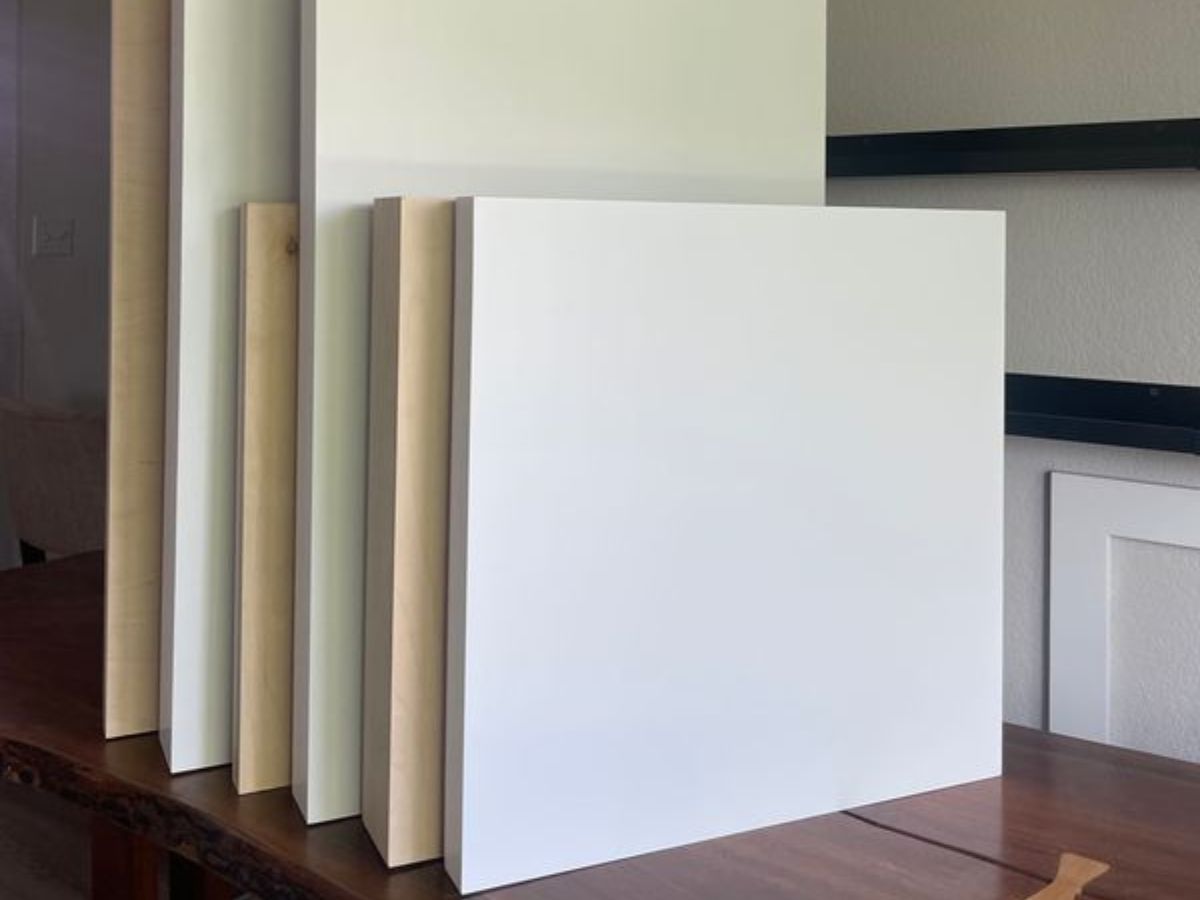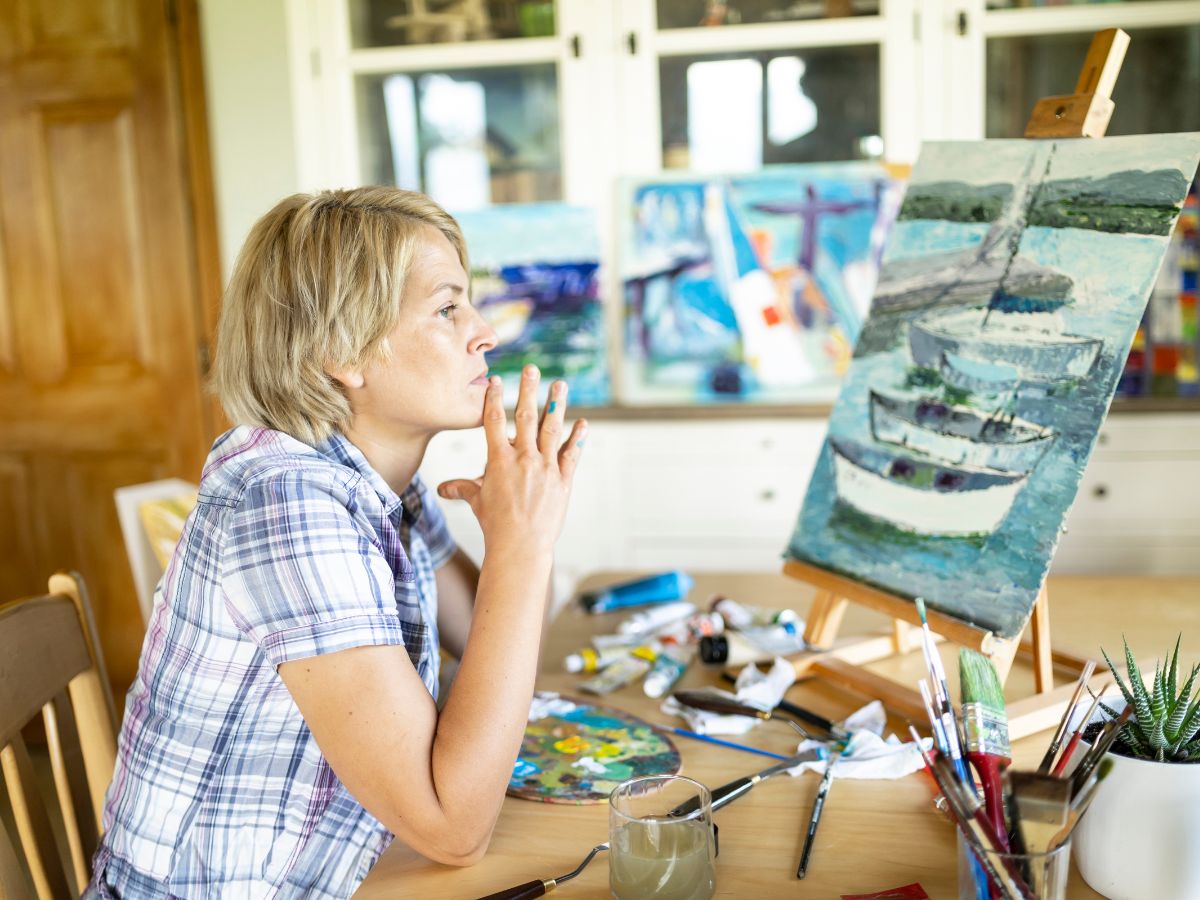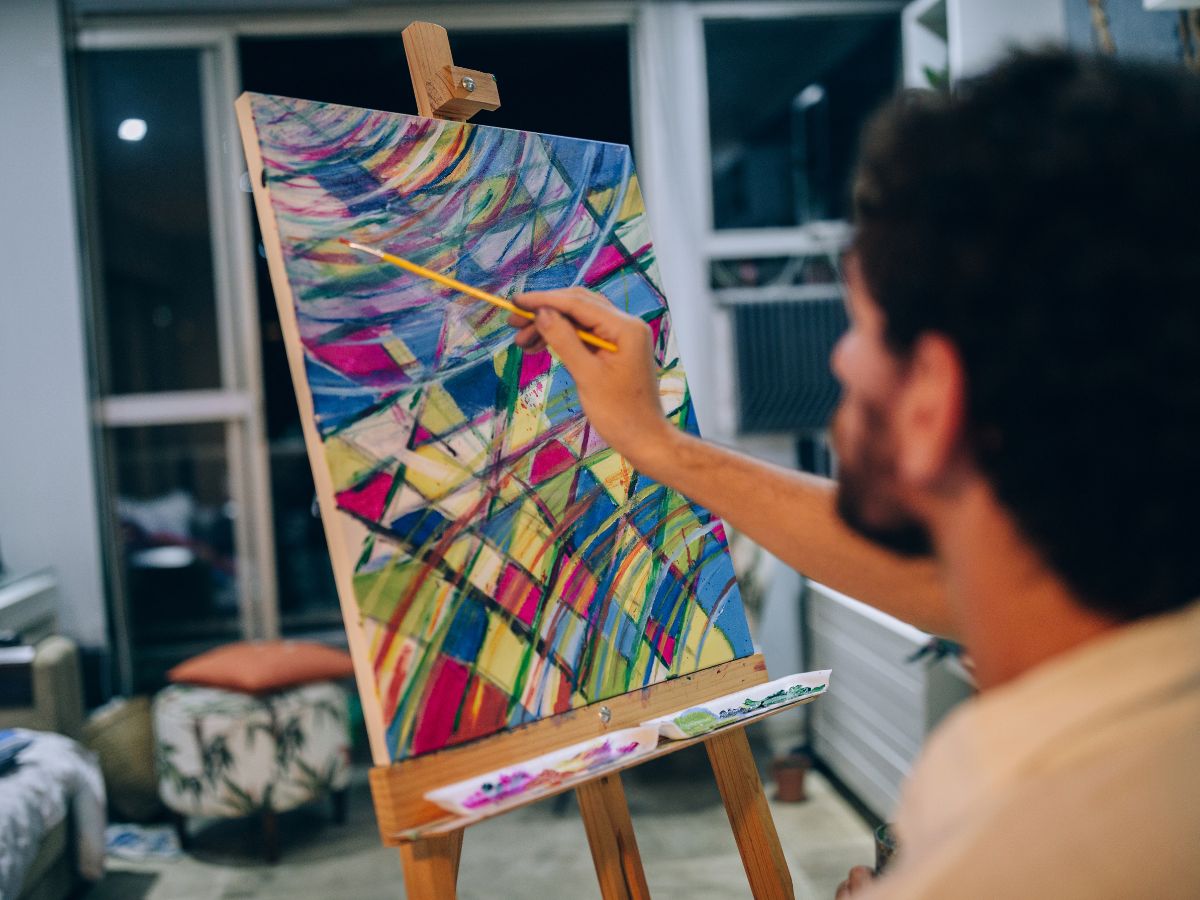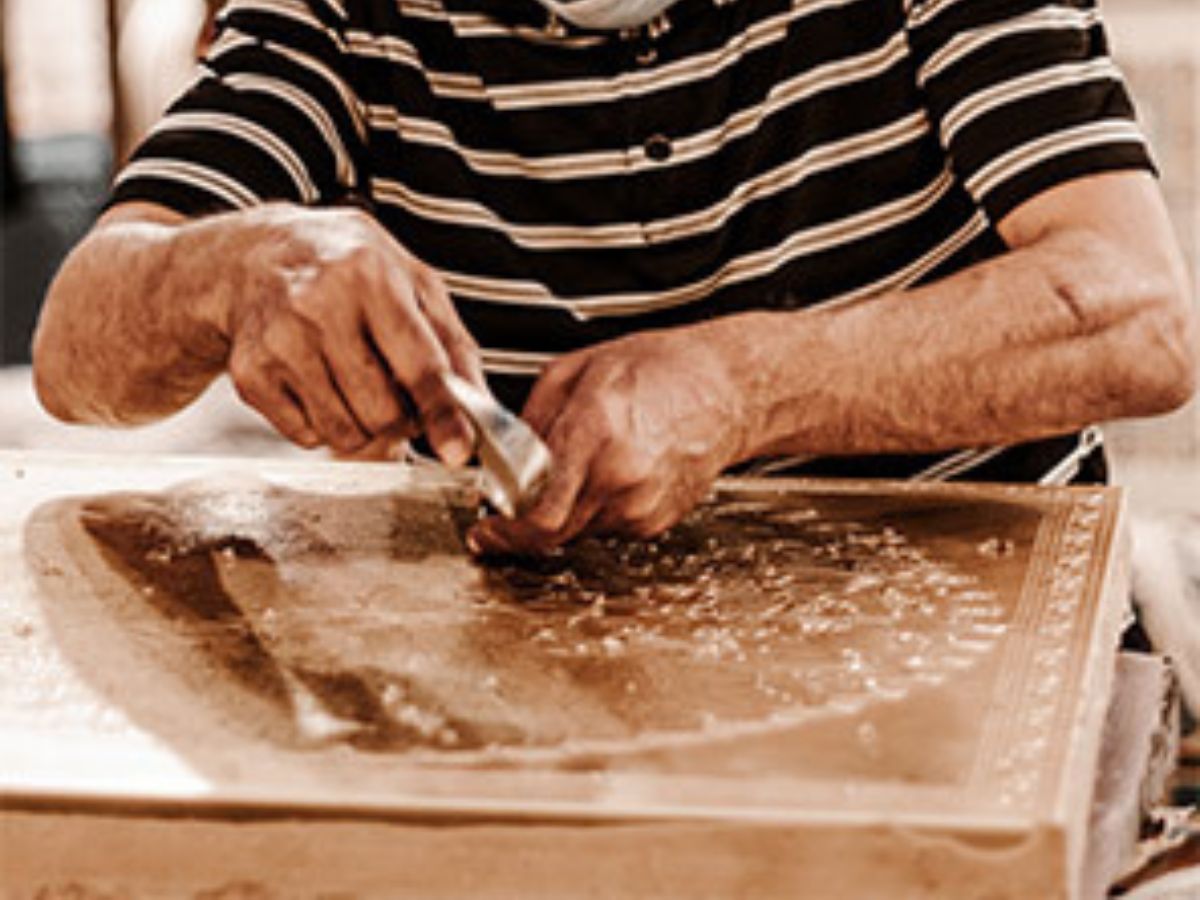
Can You Paint on Canvas Without Primer Using Acrylics?
If you’re holding a raw canvas in your hands and wondering whether you can just dive in and paint with acrylics—yes, technically you can. But skipping the primer is a gamble. You might get away with it for quick studies or casual experiments, but if you want your work to last, look good, and behave predictably, priming is almost always worth it.

